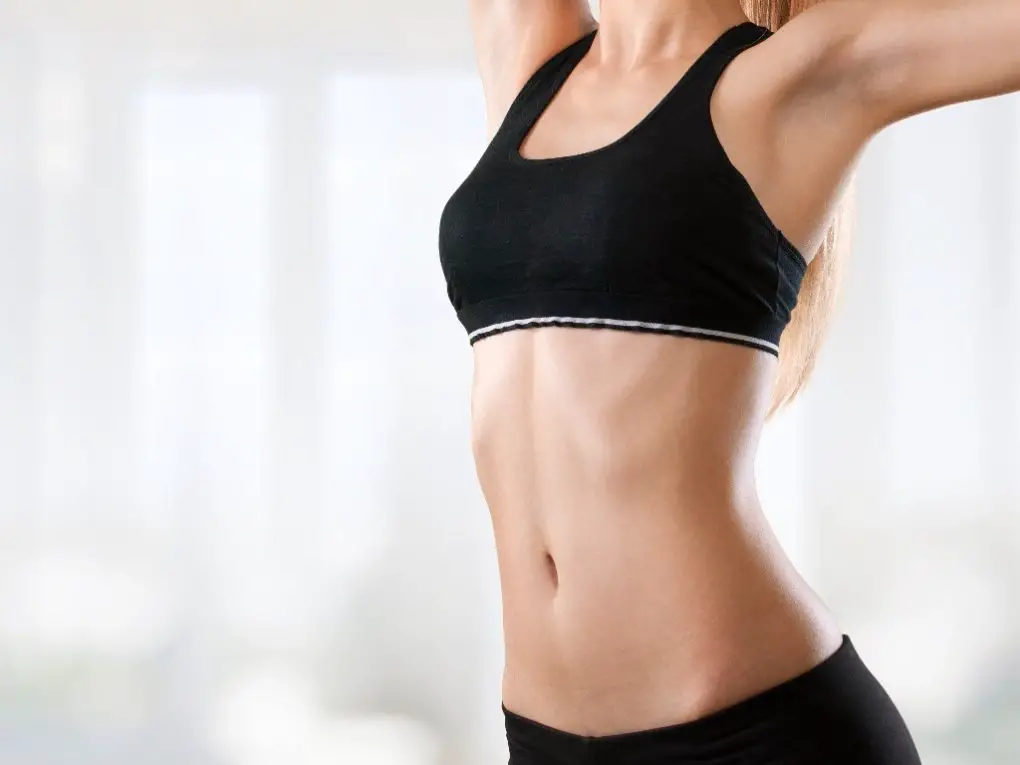Do Bralettes Cause Sagging: Debunking the Myth
No, bralettes do not cause sagging. The breasts can naturally sag over time due to aging, genetics, weight fluctuations, and pregnancy. Therefore, wearing a properly fitting bra, regardless of the style, is important to provide adequate support and help prevent discomfort and potential tissue damage.


It is important to note that wearing a bralette or a traditional bra is a personal preference. While some women may prefer the support and structure of a traditional bra, others may find bralettes a comfortable and practical option. Ultimately, the decision to wear a bralette should be based on individual comfort and preference rather than the fear of sagging.
Causes of Sagging
Aging
Aging is one of the major causes of sagging in various body parts, including the breasts. As a person ages, the skin loses its elasticity and becomes less firm, and the underlying connective tissue and muscles weaken. This can cause the breasts to sag, as they are primarily composed of fatty tissue, glandular tissue, and connective tissue.
Hormonal changes during menopause can also contribute to breast sagging in women. However, it’s important to note that aging alone is not always the sole cause of breast sagging. Other factors such as pregnancy, breastfeeding, weight fluctuations, and genetics can also play a role.
Genetics
Genetics can also be a contributing factor to breast sagging. The shape and size of a woman’s breasts are largely determined by genetics, and her genes can also influence the elasticity of her skin and connective tissue. In addition, women with a family history of breast sagging may be more likely to experience it themselves, regardless of other lifestyle factors.
In addition, certain medical conditions that affect the connective tissue, such as Ehlers-Danlos syndrome, can also contribute to breast sagging. While genetics may play a role in breast sagging, it’s important to note that lifestyle factors such as weight management, exercise, and wearing a properly fitting bra can still help maintain the appearance and health of the breasts.
Pregnancy and Breastfeeding
Pregnancy and breastfeeding can cause the ligaments and supporting tissue around the breasts to stretch and weaken, contributing to breast sagging. During pregnancy, the breasts increase in size and weight as they prepare to produce milk for the baby. This can cause the skin to stretch and the ligaments that support the breasts to stretch out.


After pregnancy, when a woman is breastfeeding, the milk-producing glands in the breasts expand and contract, which can further stretch and weaken the supporting tissue. However, once breastfeeding ends, the breasts may not fully return to their pre-pregnancy size, contributing to sagging.
Weight Fluctuations
Weight fluctuations can also contribute to breast sagging, according to Aesthetic Plastic Surgeons, when a person gains weight. Their breasts may increase in size and weight, causing the skin and supporting tissue to stretch. If the weight gain is rapid or significant, the skin and tissue may not be able to keep up, which can lead to sagging.
Similarly, when a person loses weight, their breasts may decrease in size and weight, which can cause the skin and tissue to become loose and saggy. Therefore, maintaining a healthy weight through proper diet and exercise is important to minimize the effects of weight fluctuations on the breasts and other parts of the body.
Smoking
Smoking is another factor that can contribute to breast sagging. Cigarette smoke contains chemicals that can break down collagen and elastin, the fibers that give skin strength and elasticity. This can cause the skin around the breasts to become less elastic and more likely to sag over time.
In addition, smoking can also cause a decrease in blood flow to the skin, which can further contribute to skin aging and sagging. For example, quitting smoking can help reduce the risk of breast sagging and other health problems.
Poor Posture
Poor posture is another factor that can contribute to breast sagging. For example, when a person slouches or has poor posture, their shoulders may round forward, and their chest may cave in, which can cause the skin and tissue around the breasts to stretch and sag over time.


A tip from experience, it’s important to practice good posture by standing up straight, pulling the shoulders back, and keeping the chest lifted. Exercise can also help support the breasts and improve posture by strengthening the back, chest, and shoulder muscles.
Benefits of Wearing Bralettes
Bralettes have become increasingly popular in recent years and for a good reason. They offer a variety of benefits that traditional bras cannot match. Here are a few reasons why you might want to consider incorporating bralettes into your wardrobe:
- Comfort: Bralettes are typically made from soft, stretchy, gentle materials on the skin. They don’t have underwires or other rigid components that can dig into your skin or cause discomfort. This makes them a great option for everyday wear, as well as for lounging around the house.
- Style: Bralettes come in many styles, from lacy and feminine to sporty and minimalist. They can be worn as a standalone top or layered under other clothing for a trendy, fashion-forward look. Plus, because they are designed to be seen, you don’t have to worry about hiding your bra straps or adjusting your clothing throughout the day.
- Support: While bralettes may not offer the same support as traditional bras, they can still provide enough support for many women. This is especially true for those with smaller busts or prefer a more natural look. Plus, they won’t dig into your skin because they don’t have underwires or cause discomfort.
- Versatility: Bralettes can be worn for various occasions, from working out to going out on a date. Depending on the rest of your outfit, they can be dressed up or down. Plus, because they are so lightweight and comfortable, they are a great option for travel.


Tips to Prevent Sagging
While there is no surefire way to prevent sagging, there are a few things that can help reduce the risk:
- Wear a properly fitting bra or bralette that provides adequate support without being too tight.
- Avoid wearing bras or bralettes that are too loose or do not provide enough support.
- Avoid sleeping in a bra or bralette, which can cause discomfort and restrict circulation.
- Maintain a healthy weight, as fluctuations in weight can cause the skin to lose elasticity and contribute to sagging.
- Stay hydrated and eat a balanced diet with plenty of fruits and vegetables, which can help keep the skin healthy and elastic.
- Avoid smoking, as it can cause the skin to lose elasticity and contribute to sagging.
- Exercise regularly to help maintain muscle tone and keep the skin firm.
It is important to note that while these tips can help reduce the risk of sagging, they are not a guarantee. Genetics, pregnancy, breastfeeding, and other factors can also contribute to sagging.
